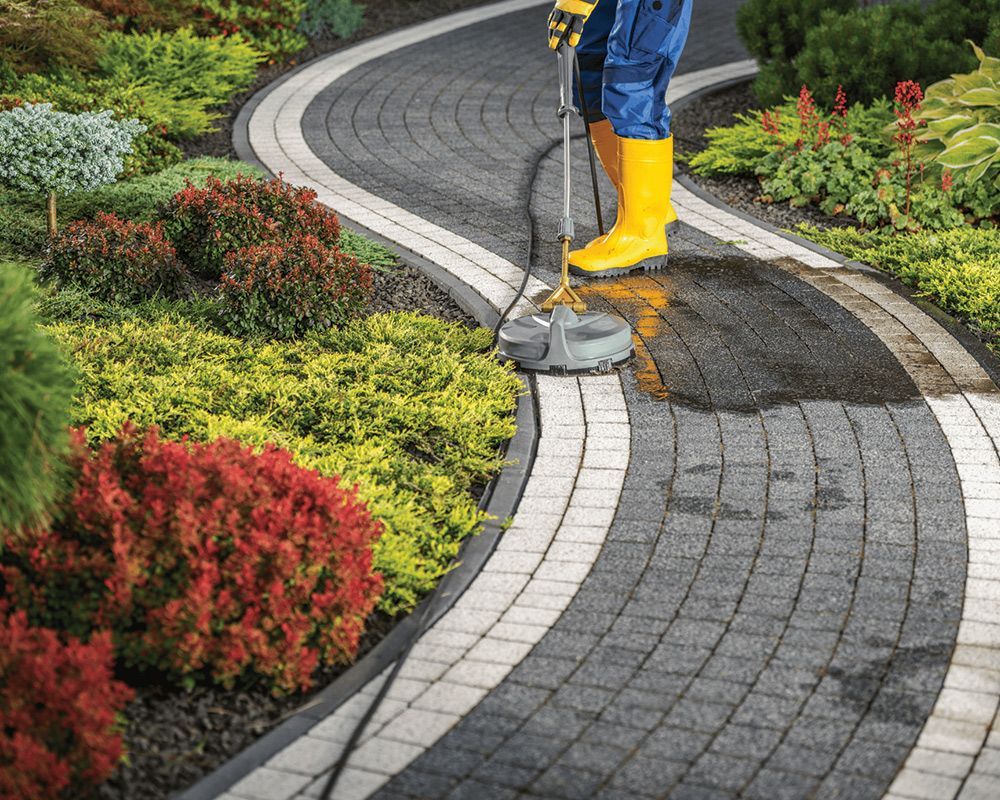Understanding the Concrete Pouring Process: Step by Step
What really goes into a solid slab of concrete?
Pouring concrete might look simple — just mix, pour, and smooth it out, right? But behind every smooth driveway, strong patio, or sturdy foundation is a step-by-step process that takes planning, precision, and experience.
Whether you’re a homeowner curious about the work being done in your yard, or you’re planning a new project soon, here’s a local breakdown of how the concrete pouring process works — especially here in Baton Rouge, Louisiana, where the weather and soil require a little extra know-how.
1. Planning and Site Preparation
Everything starts with a solid plan. Before any concrete hits the ground, we evaluate the site to make sure it’s ready. This includes:
- Measuring and marking the area
- Checking the soil condition and drainage
- Removing grass, roots, or old concrete
- Compacting the soil to reduce settling
In Baton Rouge, where clay-heavy soil is common, proper site prep for concrete slabs is especially important. Skipping this step leads to cracking, shifting, and poor drainage — and nobody wants that.
2. Building the Forms
Once the site is clear and level, we build forms around the pour area using wood or metal to act as a mold. These forms define the shape and thickness of the slab and hold the concrete in place as it cures.
Forms must be:
- Secure and level
- Able to handle the weight of wet concrete
- Set to the proper slope for drainage (especially for patios and driveways)
⚠️ Pro tip: Water needs somewhere to go. Poor slope = puddles = problems. In Baton Rouge, that usually means sloping away from homes and structures.
3. Reinforcement for Strength
Concrete is strong on its own, but reinforcing it helps prevent cracks and structural failure. We typically use:
- Rebar (steel rods)
- Wire mesh
- Or sometimes fiber additives in the concrete mix
This step is crucial for driveways, foundations, and heavy-use slabs. Without reinforcement, concrete is more vulnerable to cracking, especially in Louisiana's ever-shifting soil.
4. Mixing and Pouring the Concrete
Time to pour — but it’s not just about dumping and smoothing.
The concrete is either mixed on-site or delivered by a ready-mix truck, depending on the job size. Once it arrives, it’s poured quickly and evenly across the area within the forms.
It has to be poured and worked fast — especially on hot, humid Baton Rouge days when it can start setting faster than you’d think.
5. Leveling and Screeding
After pouring, we use tools like screeds and floats to level out the surface and remove air pockets. This step ensures a smooth, even finish with no dips or humps.
There are different types of finishes depending on the job:
- Broom finish for driveways and sidewalks (adds grip)
- Trowel finish for smooth indoor surfaces
- Stamped or decorative finishes for patios
🧱 Want a custom concrete look in Baton Rouge? Stamped finishes are becoming more popular for patios and walkways — they add style without sacrificing durability.
6. Curing the Concrete
This is the most overlooked part of the process — and arguably the most important.
Curing allows the concrete to reach full strength slowly. It involves keeping the surface moist and protected for several days after the pour. If concrete dries out too fast (especially under our Southern sun), it becomes brittle and more prone to cracks.
Proper curing includes:
- Covering the surface with plastic or blankets
- Lightly misting with water
- Applying a curing compound
We often recommend a minimum 7-day cure depending on the project size and weather.
7. Final Touches and Cleanup
Once the concrete has cured, we remove the forms, clean the area, and inspect the job. We also apply sealant if requested to help protect against stains, water, and wear — especially helpful for driveways and patios.
If the job includes expansion joints, we cut those at this stage to help control cracking over time.
Wrapping It Up: Why the Process Matters
Good concrete work is about more than just pouring — it’s about preparation, timing, technique, and knowing your environment. In Baton Rouge, factors like humidity, drainage, and soil type can impact every step of the process.
At CCW Concrete, we take pride in doing the job right the first time — not rushing through or skipping steps. Whether you’re building something new or replacing an old slab, we’re here to make sure your concrete stands the test of time.
 REQUEST A QUOTE
REQUEST A QUOTE




